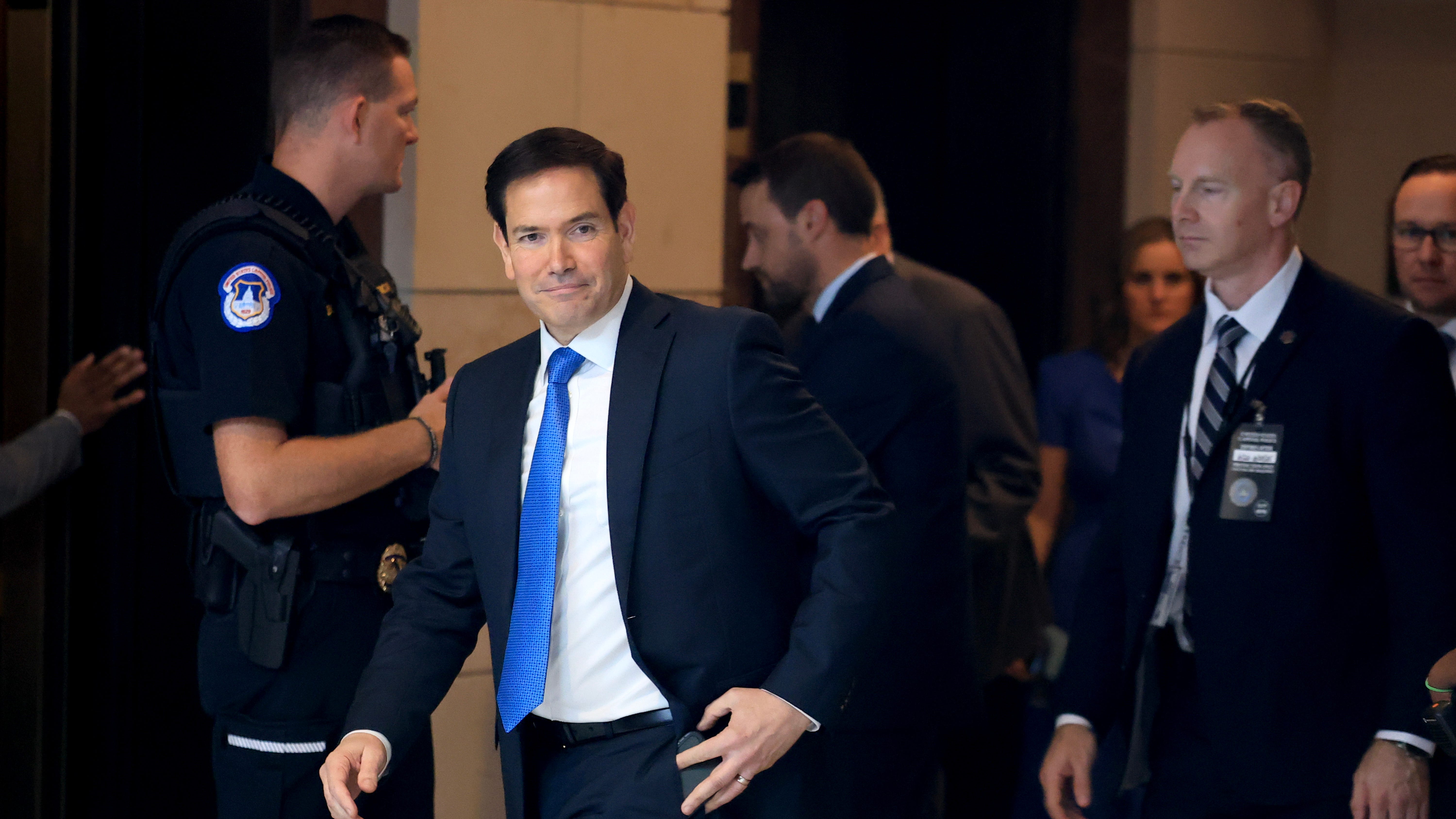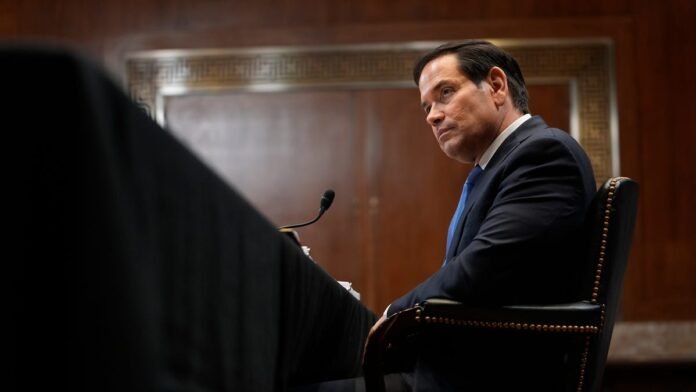
AI voice mimics Rubio to target US and foreign officials
A person used AI to impersonate Secretary of State Marco Rubio, targeting U.S. and foreign officials in a phishing scheme.
An imposter using an artificially generated voice impersonated Secretary of State Marco Rubio and contacted multiple foreign ministers and American politicians.
A July 3 diplomatic cable sent from the department warned that the imposter contacted at least three foreign ministers, a U.S. governor and a U.S. member of Congress, the Washington Post first reported.
“The actor likely aimed to manipulate targeted individuals using AI-generated text and voice messages, with the goal of gaining access to information or accounts,” the cable said, per Reuters.
The cable pointed to a separate incident in April that was attributed to a Russia-linked hacker who conducted a spear phishing campaign targeting think tanks, Eastern European activists and dissidents and former State Department officials.
In a statement to USA TODAY on Tuesday, July 8, the State Department said it is investigating the incident.
“The Department takes seriously its responsibility to safeguard its information and continuously takes steps to improve the department’s cybersecurity posture to prevent future incidents,” the statement, attributed to a senior State Department official, said. State Department spokesperson Tammy Bruce echoed this sentiment at a July 8 press briefing.
The State Department did not reveal further details about the identities of the foreign ministers and U.S. politicians contacted. Neither the cable nor the department indicated a suspected perpetrator.
How did the impersonator reach officials?
The impersonator created a Signal account using the display name “Marco.Rubio@state.gov,” which is not Rubio’s State Department email, according to the Washington Post.
In mid-June, the person contacted the ministers, a U.S. governor and a member of Congress via the Signal messaging app. Voicemails were left in two instances, and a text message in a third instance invited the targeted person to communicate on Signal.
The Washington Post reported that other State Department personnel were impersonated by email.
The administration was previously embroiled in scandal for the use of Signal to share detailed secret plans for a U.S. strike on Iran-backed militants in Yemen via a group chat consisting of top Trump administration officials that accidentally included The Atlantic magazine editor-in-chief Jeffrey Goldberg.
That group included users whose names matched Trump’s top officials, including Rubio, Vice President JD Vance, Director of National Intelligence, Tulsi Gabbard, CIA Director John Ratcliffe, White House Chief of Staff Susie Wiles and Brian McCormack, a member of the National Security Council.
The Wall Street Journal reported in May that federal authorities were investigating an attempt to impersonate Wiles.
“The White House takes the cybersecurity of all staff very seriously, and this matter continues to be investigated,” a White House spokeswoman told the outlet at the time.
Reuters contributed to this story.





















